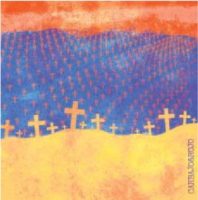Violence in Nagorny Karabakh a Reflection of Azerbaijan’s Security Dilemma
After the end of the ‘four-day war’− a brief but violent outbreak of hostilities between Armenia and Azerbaijan over Nagorny Karabakh − there are muted hopes for a renewal of peace negotiations. This bodes poorly for Baku – despite Azerbaijan’s military advantage over Armenia, it has increasingly limited diplomatic choices.
TimingAzerbaijan’s offensive was clearly the result of planning and training but it was not a blitzkrieg aimed at liberating territories under Armenian occupation – once the mission was completed, Azerbaijan announced a unilateral truce. Baku gambled on psychological factors such as a demonstration of the technological advancement of its armed forces.… Seguir leyendo »









